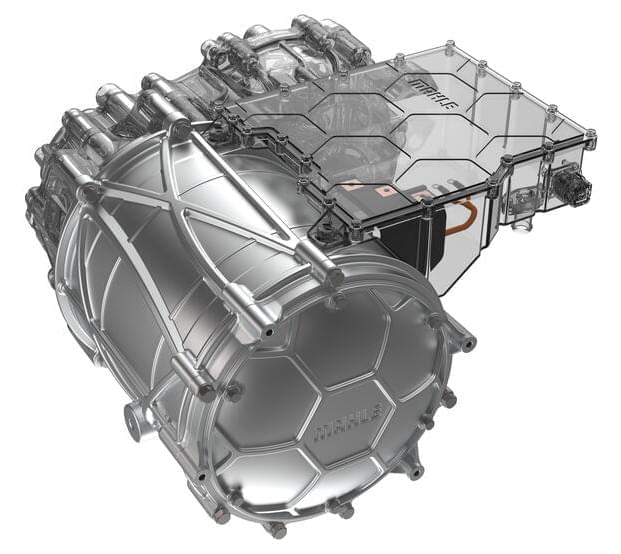Magnets, typically using rare earth metals like neodymium, are found at the heart of most electric vehicle motors. It’s nice to have a permanent source of powerful rare earth magnetism in your rotor, because using powered coils instead means you have to somehow transfer electricity from the battery through to the coils in a spinning rotor. That means you’ll need a sliding point of contact, and sliding points of contact develop wear and tear over time.
Permanent magnets, though, come with their own baggage. Ninety seven percent of the world’s rare earth metal supply comes out of China, and state control over such a crucial resource across a number of high-tech industries has been a serious issue in the past. Official accounts differ about why China decided to restrict rare earth exports back at the start of the decade, as official accounts tend to do, but the result either way was a 750-percent leap in neodymium prices and a 2,000-percent leap in dysprosium prices.
Could these metals be produced elsewhere? Yes. They’re not as rare as the name might suggest. But wherever they’re mined, the only way to economically turn them into magnets is to send them to China for processing – nowhere else in the world is set up for the task, and nobody can compete against China’s minimal labor costs and environmental regulations.
